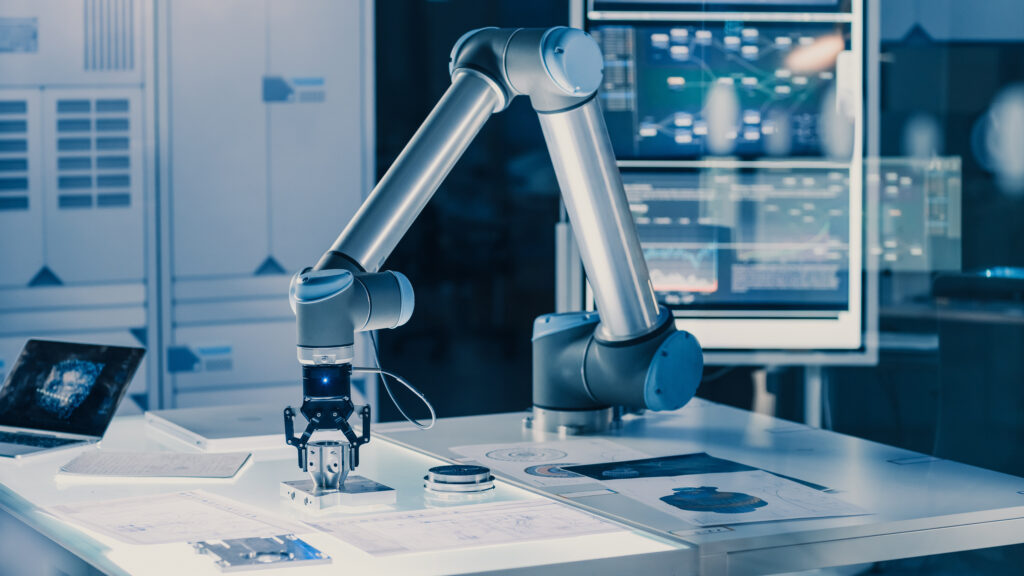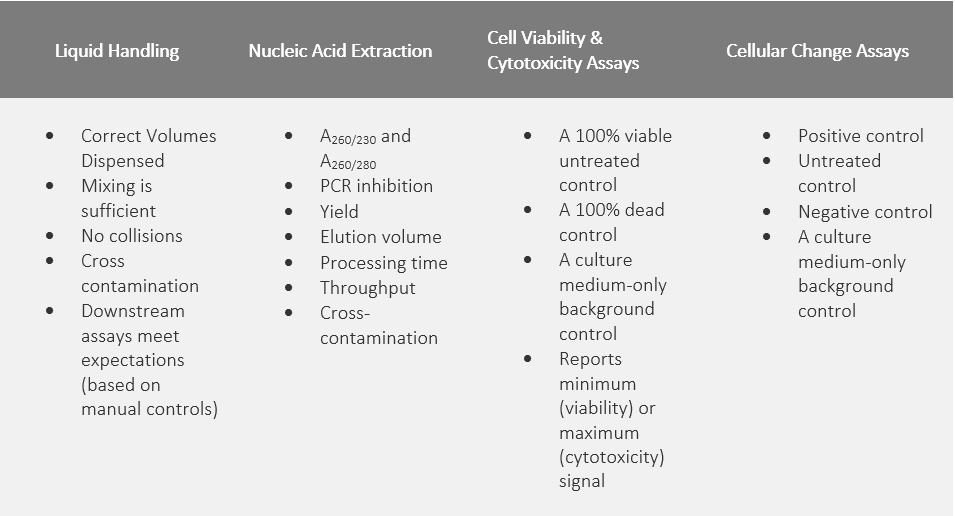
In an era where science moves at a rapid pace, integrating automation into your lab is not just beneficial but essential. When you automate your lab, you free up an invaluable resource: time. From scaling up operations and handling increased demand to improving consistency and reducing manual errors, automation can be the key to achieving higher throughput, saving costs, and—most importantly—enabling researchers to focus on the science rather than the process. However, embarking on a lab automation project requires careful planning, clear goals and an understanding of the intricacies involved in automating complex biological workflows.
Laying the Groundwork for Automation: Start with the Questions
Developing an understanding of your lab’s needs is crucial before diving into the many lab automation products available on the market. Before you begin your search, start by asking yourself and your research team a few critical questions. Below, we outline several important considerations to address prior to launching your first automated project.
Questions to Consider:
- What are the goals of transitioning to an automated project? Identify the specific objectives you aim to achieve through automation; do you wish to increase throughput? Enhance reproducibility by reducing human error?
- Which processes can be automated? Evaluate which laboratory tasks are suitable for automation; some examples include sample preparation, liquid handling, nucleic acid extraction, environmental monitoring, and more.
- Have you considered the pros and cons of automation? Weigh the costs associated with automating lab processes (like equipment, software, training and maintenance expenses) versus the expected benefits (like improved efficiency, accuracy, and productivity).
- How will automation impact workflow and personnel? Consider changes to equipment and personnel that come with automation. Can you use existing equipment in your lab? Will there be any disruptions during the transition period? Will you need to hire new personnel and/or train current researchers?
Whether it’s sample ID management, sample preparation, or analyte quantification, each step must be carefully considered and mapped out. These are just a few factors to consider—we have a detailed list of considerations for automating your lab here.
You Are Ready to Automate, Now What?
The next steps in planning your automation project include purchasing equipment, choosing software, and consideration any quality control measures specific to your lab. From liquid handling platforms to more specialized instruments, each instrument offers a blend of flexibility, efficiency, and specificity. Given the diversity in automation instruments available, software selection is important in ensuring that the equipment operates and integrates correctly within the entire automation process. Software requirements can vary widely depending on the nature of the project, including data analysis, equipment control, process automation or project management. The right software can enhance the functionality of the equipment, enable efficient data collection and analysis, and facilitate seamless workflow integration. It’s crucial that you assess whether existing software solutions can meet your project’s needs or if custom software development is necessary.
As you develop your automated workflow, you will need to test performance and troubleshoot. Below, we provide a table of variables that can impact or define sample quality for several application types. It is imperative that you define what your quality needs are so that you can communicate them to an instrument vendor and reagent kit supplier.

One of the most common processes to transition to automation is Nucleic Acid extraction. Due to the time-consuming and repetitive nature of this process, many laboratories have adopted automation to enhance efficiency, reduce the risk of human error and ensure consistency in their results. In a separate blog, we explore how to apply the Maxwell® RSC Instrument to automate nucleic acid extraction in type 2 diabetes research.
Lab Automation Challenges and Beyond
Transforming your research lab into the automated sphere not only presents the specific challenges we’ve discussed above but also demands careful consideration of the iterative nature of lab automation. As your research goals evolve, the demands on your automated system will change. This evolution means you may need to design a system that is scalable to meet future needs and flexible enough to adapt to new research directions. Once you’ve landed on an automated setup, maintaining the processes over time requires ongoing maintenance and the occasional upgrade. Planning for these inevitabilities, while managing the associated costs and downtime, adds another layer of complexity to the transition towards lab automation. Addressing these challenges requires careful planning, a clear understanding of your lab’s current and future needs, and a commitment to ongoing evaluation and adaptation of the automated environment.
In summary, the shift towards lab automation is more than just a trend; it’s a strategic move towards more efficient, reliable and innovative research practices. With the right approach, the integration of automation into your lab can save resources and free up time for your researchers to focus on the science.
To learn more, check out a complete list of resources on our Lab Automation Resource Center page.
Anna Bennett
Latest posts by Anna Bennett (see all)
- No More Dead Ends: Improving Legionella Testing with Viability qPCR - March 18, 2025
- Strengthening Water Safety Measures with Advanced Detection - February 18, 2025
- Understanding and Combating Legionella in Water Systems with Viability PCR - January 21, 2025
